
ElastoGen rasterizes an input 3D model (with boundary conditions) and generates parameters filling our NeuralMTL module. Conceptually, NeuralMTL predicts locally concentrated strain of the object, which is relaxed by a nested RNN loop.






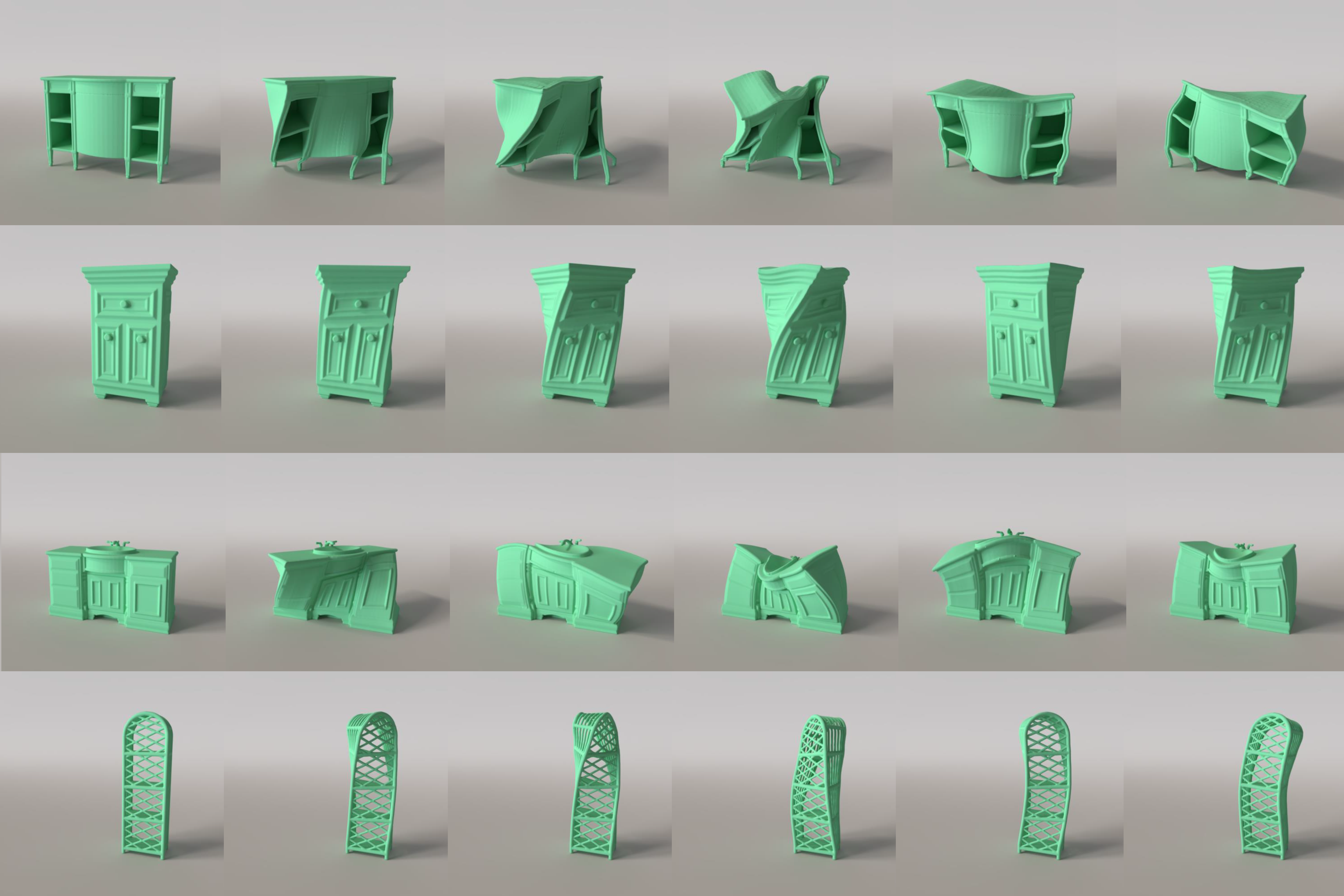
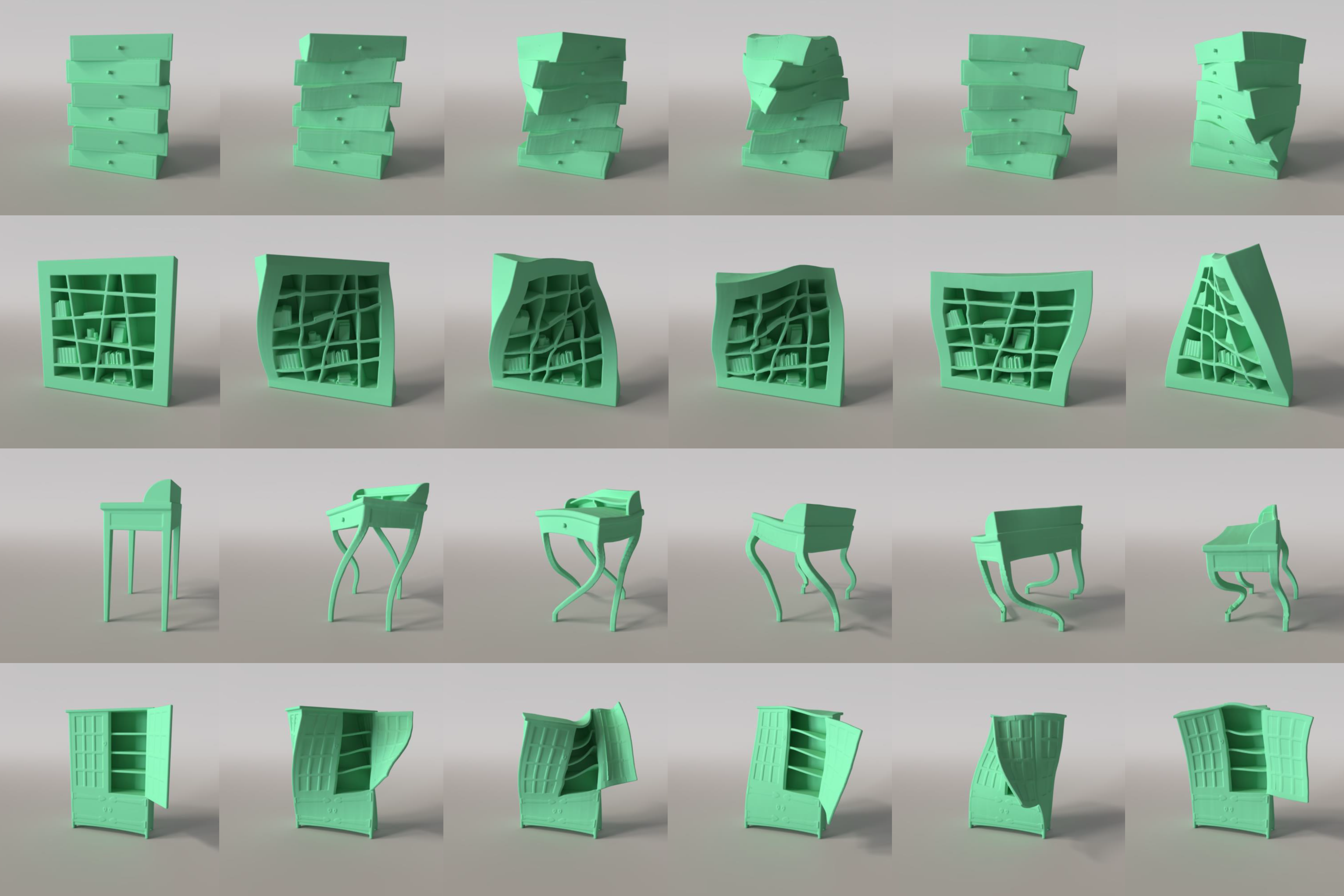

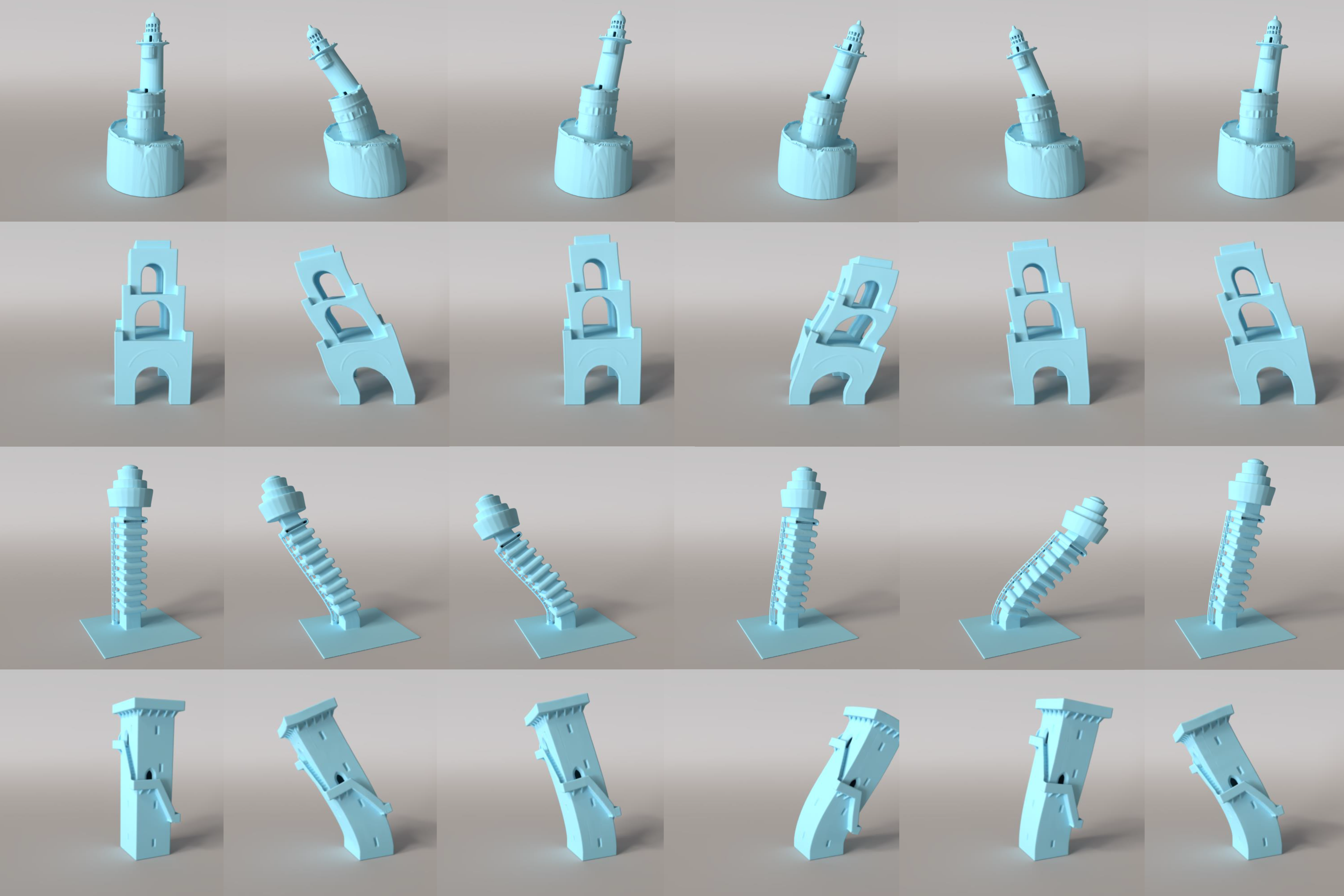
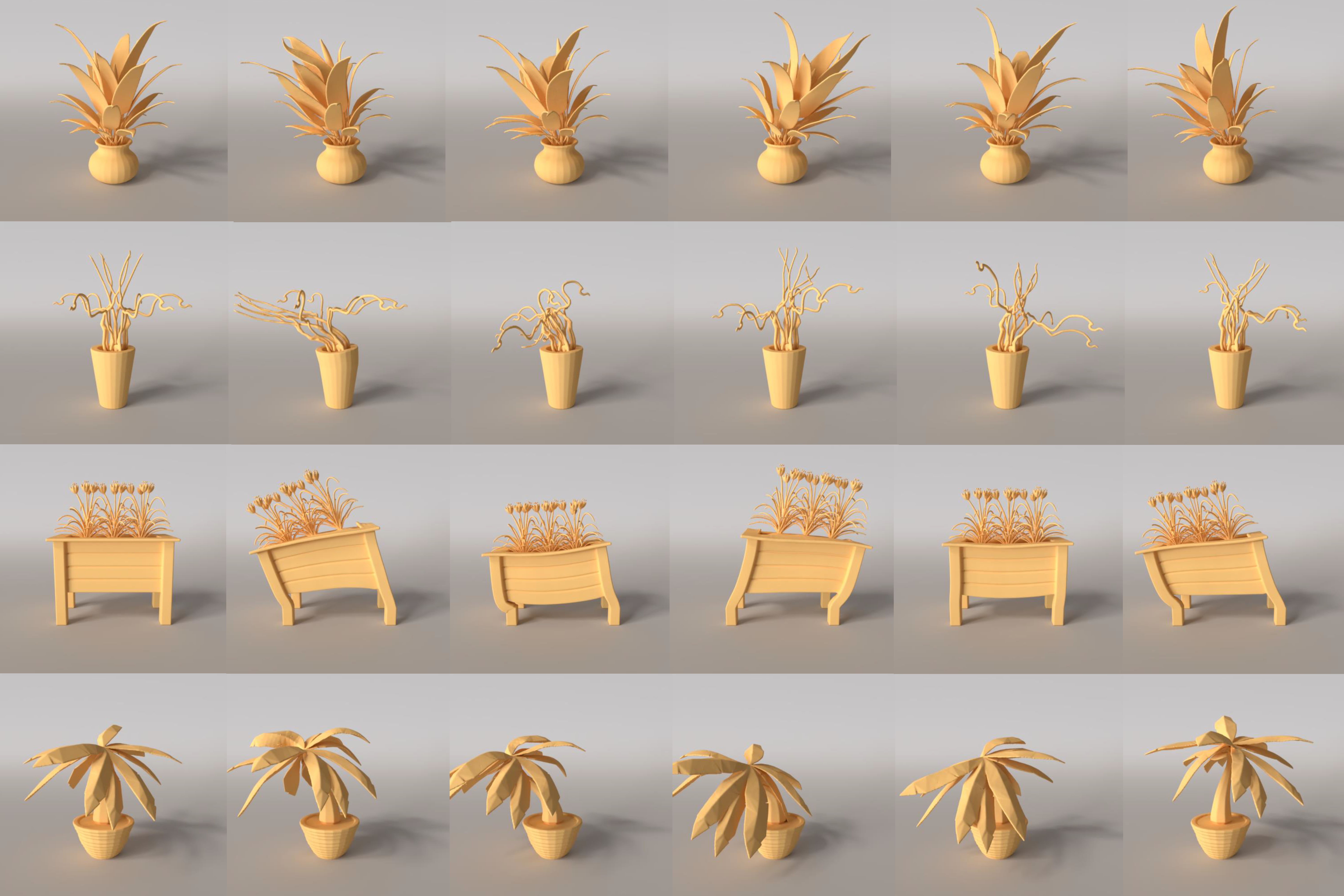

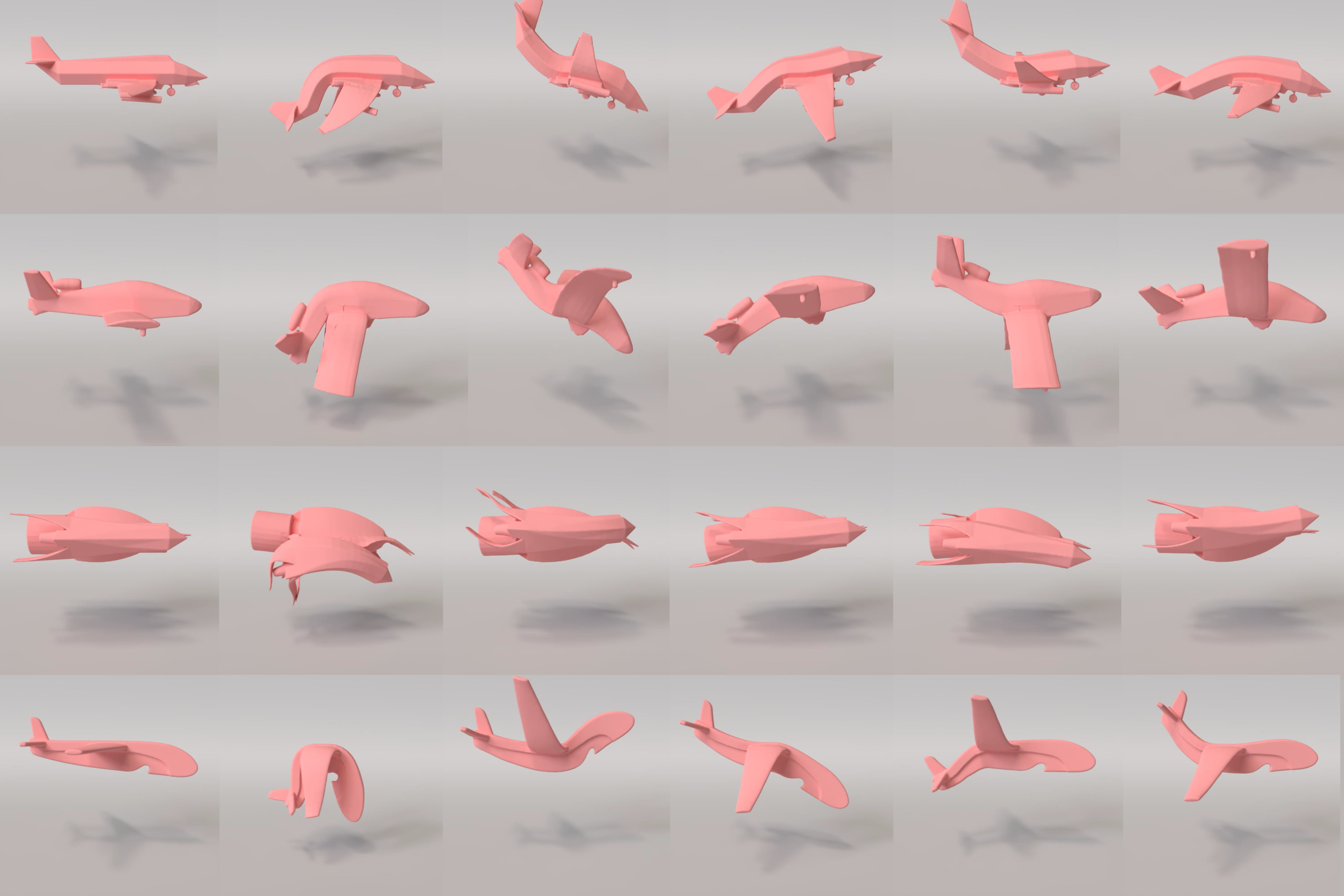




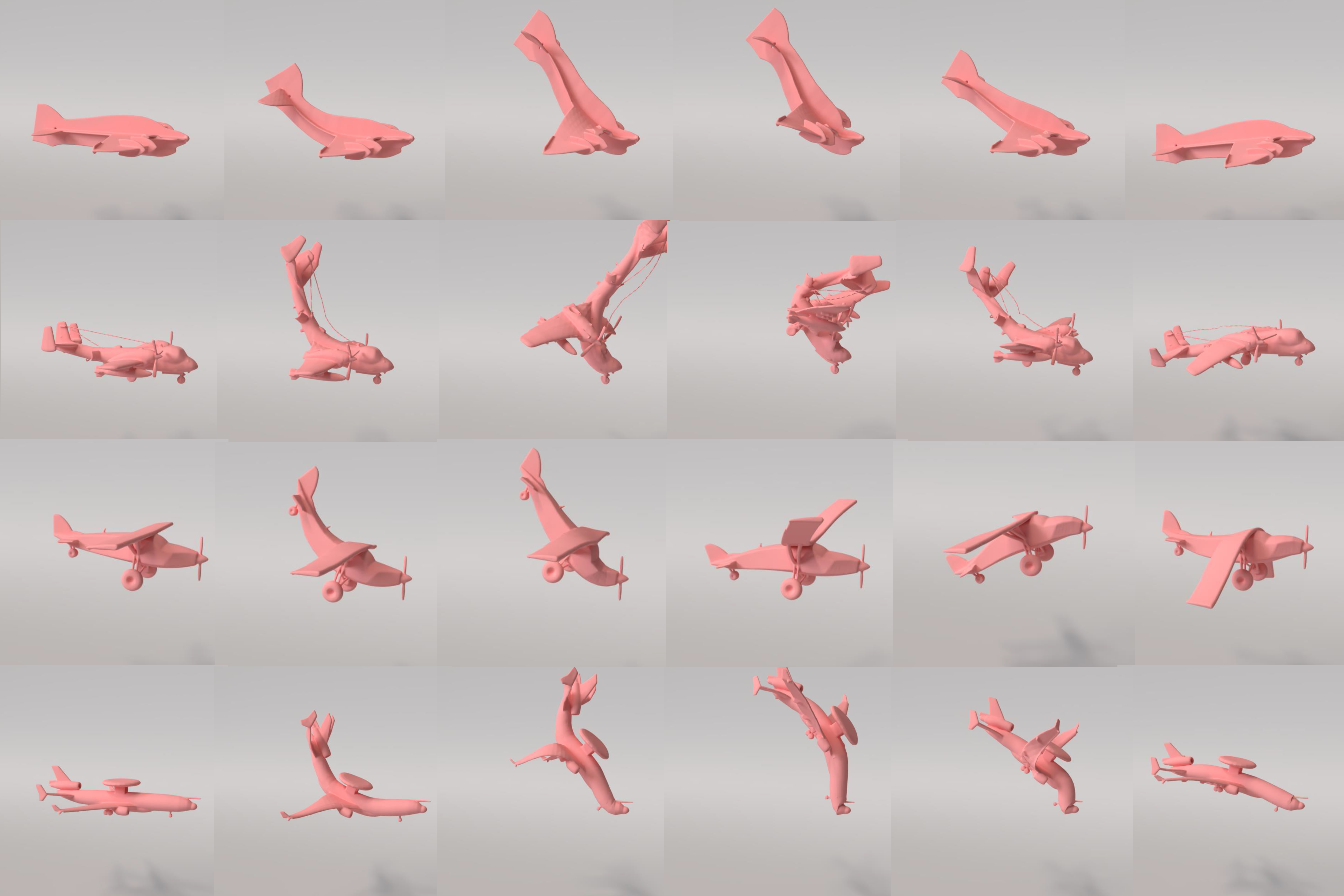
@misc{feng2024elastogen,
title={ElastoGen: 4D Generative Elastodynamics},
author={Yutao Feng and Yintong Shang and Xiang Feng and Lei Lan and Shandian Zhe and Tianjia Shao and Hongzhi Wu and Kun Zhou and Hao Su and Chenfanfu Jiang and Yin Yang},
year={2024},
eprint={2405.15056},
archivePrefix={arXiv},
primaryClass={cs.LG}
}